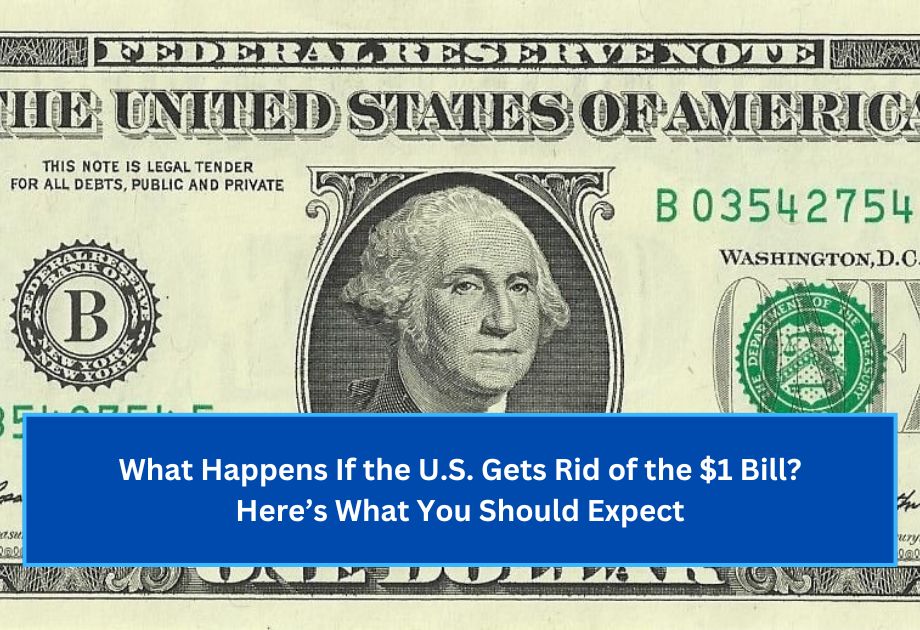The United States is thinking about getting rid of the $1 bill. This change could affect how we use money every day and have a big impact on the economy. This article will explore why this change is being considered, how it will affect everyday people and businesses, and what other countries do with low-denomination money.
Why Eliminate the $1 Bill?
One main reason for removing the $1 bill is to save money. A paper dollar lasts about 6.6 years, while coins can last for many decades. This means coins don’t need to be replaced as often, which can save the government a lot of money.
A report from the Government Accountability Office (GAO) in 2011 estimated that if the U.S. stopped making $1 bills and used coins instead, it could save around $5.5 billion over 30 years.
How Other Countries Handle Low-Denomination Currency
Many developed countries have switched from using low-value paper bills to coins. For example, Canada replaced its $1 and $2 bills with coins during the 1980s and 1990s. This change helped them save money. Similarly, the Eurozone uses €1 and €2 coins. These changes were generally accepted by the public, and there were not many problems with daily transactions.
Potential Impacts on Consumers
- Weight of Wallets: Coins are heavier and bulkier than paper bills. This could be a hassle for people who are used to carrying light money.
- Machines for Vending and Parking: Many vending machines and parking meters currently accept $1 bills. Switching to coins might mean these machines need updates, which could cause some temporary problems.
- Tipping Culture: In the U.S., $1 bills are often used for tips. If we switch to coins, this could change how people tip, especially in jobs like restaurants and services.
$1 Bill Elimination Impacts
| Aspect | Description |
|---|---|
| Cost Savings | Switching to coins could save the government money. |
| Consumer Convenience | Coins are heavier and could affect how people carry money. |
| Business Adjustments | Companies may need new equipment and training. |
| Environmental Impact | Coins last longer but require more resources to make. |
Effects on Businesses
- Operational Costs: Businesses might need to spend more money on new machines to handle coins. They may also have to change how they manage cash.
- Employee Training: Workers will need to learn how to handle and count coins. This could slow down transaction times for a little while.
Environmental Considerations
Making coins uses different resources than making paper bills. Coins need more energy and materials to produce, but since they last much longer, fewer resources are used over time. On the other hand, paper bills are cheaper to make but need to be replaced often, which can add to their total environmental cost.
Public Opinion and Legislative Actions
People in the U.S. have mixed feelings about getting rid of the $1 bill. Some like the ease of using paper money, while others see the potential benefits of coins. There are efforts, like the proposed “Save the Greenback Act,” aimed at keeping the $1 bill. Supporters of this act worry about public preference and possible problems during the transition.
The potential removal of the $1 bill is a big change in U.S. currency policy. It could have many effects on consumers, businesses, and the economy. Knowing about these impacts can help everyone prepare for a smooth transition if this change happens.
FAQ’s
Why is the U.S. considering getting rid of the $1 bill?
The U.S. is looking to save money because coins last much longer than paper bills.
How would using coins instead of $1 bills affect everyday transactions?
It might make wallets heavier, and some machines may need updates to accept coins.
What do other countries do with low-denomination currency?
Many countries, like Canada and those in the Eurozone, have switched from low-value bills to coins, which has been accepted by the public.

